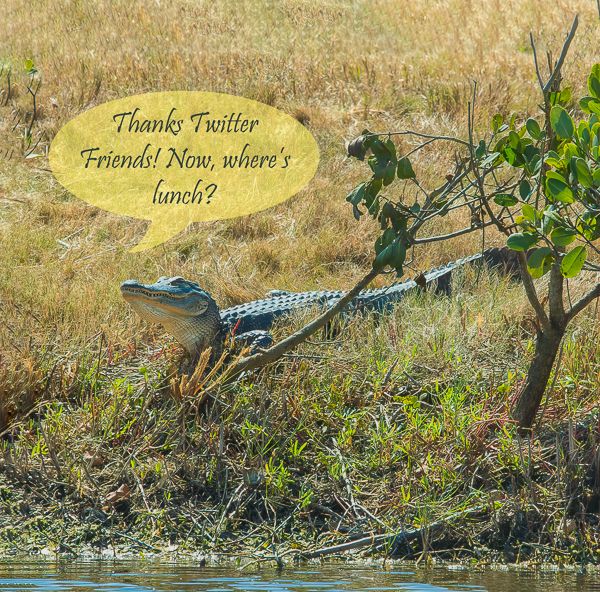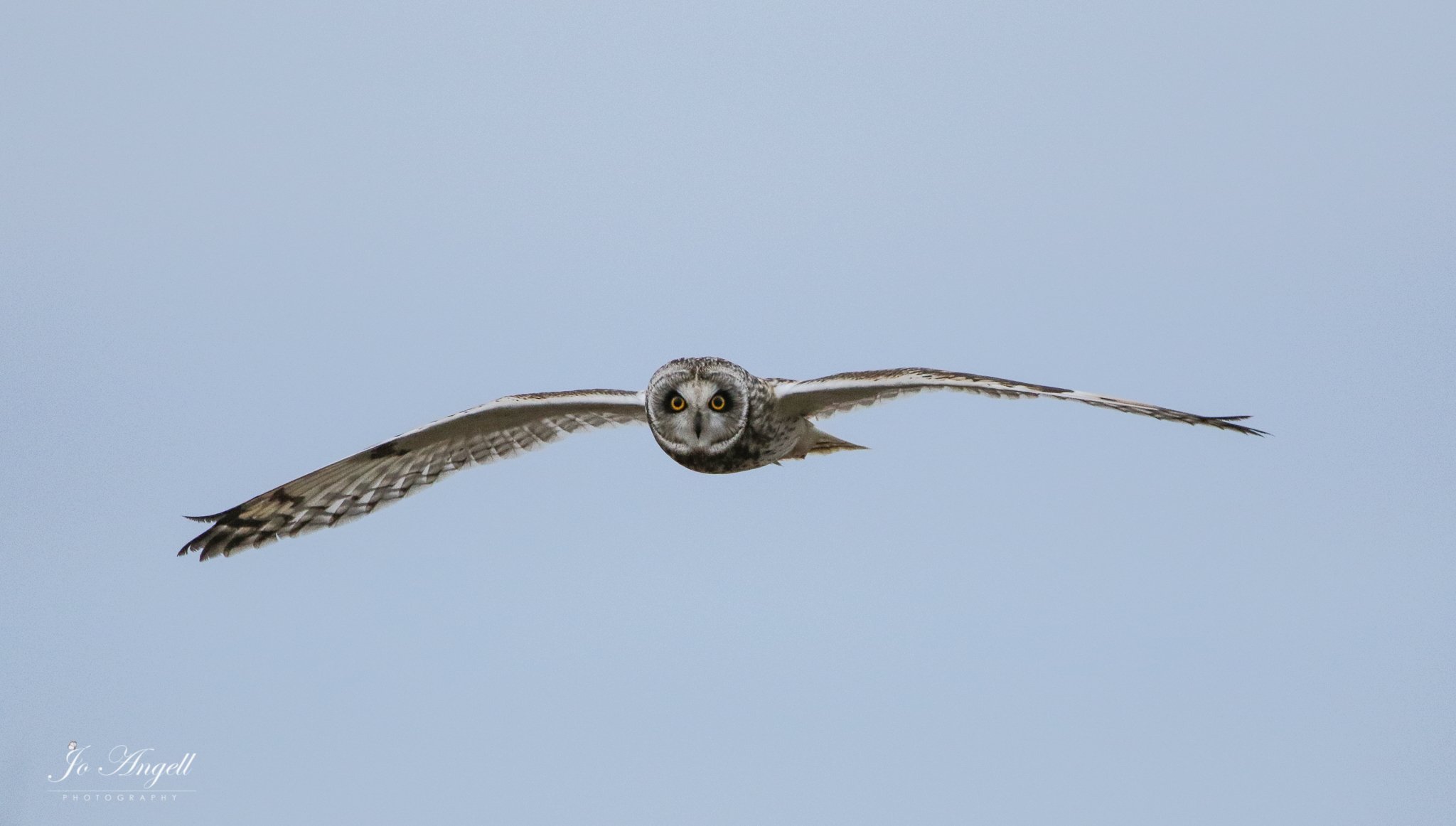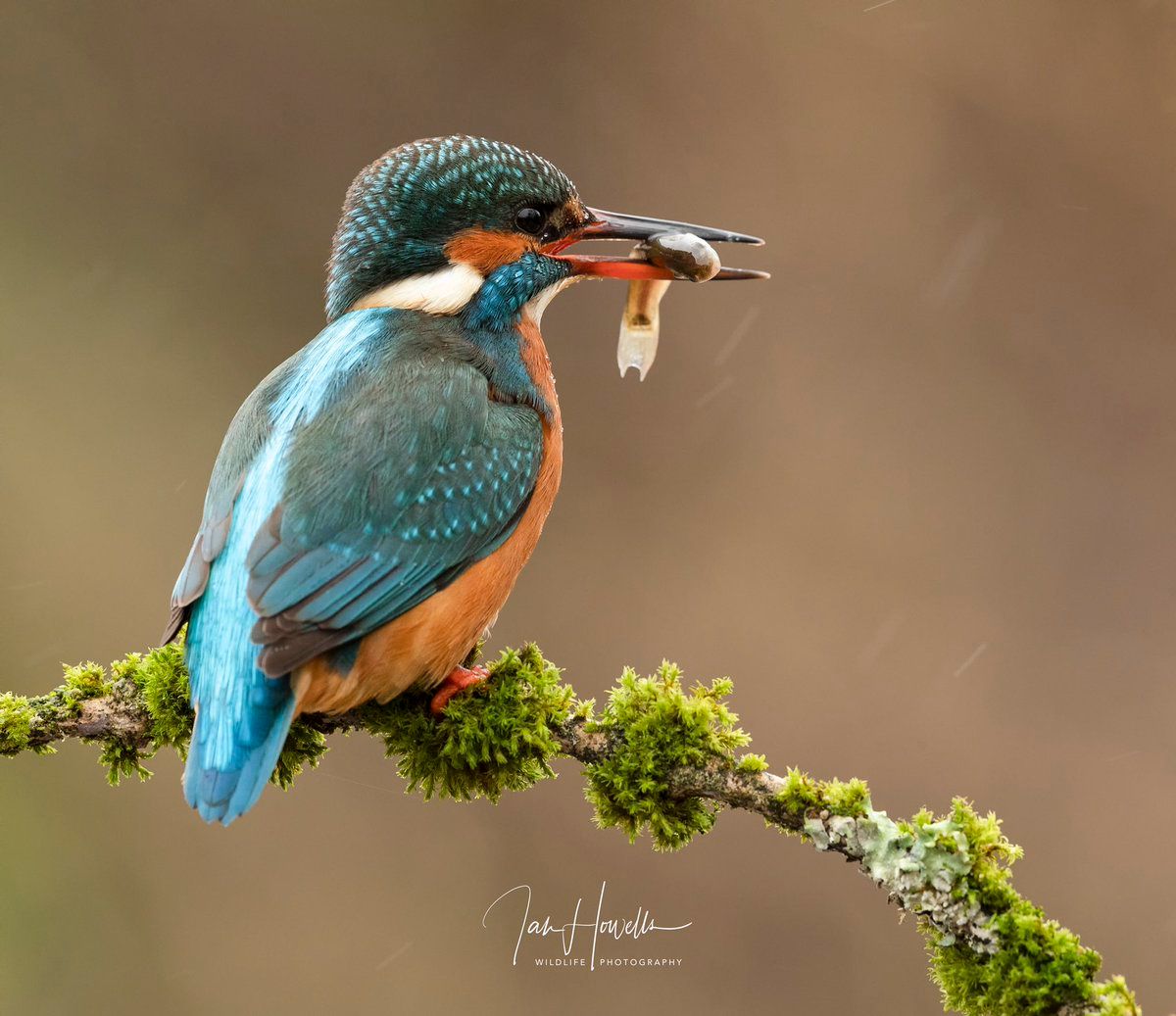"Every major company needs to have a strategy for net-zero," says Mark Carney, the next UN Special Envoy on Climate Change.
In conversation with The Sunday Edition's host Michael Enright, Carney stressed that citizens in countries such as Canada and the United Kingdom have agreed, through their elected parliaments, to meet the target of the 2016 Paris Agreement to limit the increase in global temperatures to 1.5 degrees C. The Intergovernmental Panel on Climate Change has stated that target cannot be met without reaching net-zero emissions by 2050.
"It would be a bit odd if you're running a company and you haven't thought of your strategy to move to net-zero — or for a net-zero world — unless you're just planning on running down your company, in the next decade or so," said Carney, whose term as Governor of the Bank of England ends next month.
The UN will be hosting its 26th climate change summit — known as COP26 — in Glasgow this November and Carney already is working toward "a position where climate issues are part of every single professional financial decision, so decisions by banks, insurance companies, pensions, investors." He says pressure is building across the financial world to prioritize the state of the planet.
"They're going to need an answer to the question, 'What's your plan for a transition to net-zero?'" Carney said. "What's absolutely essential, though, is that we can see what those plans are — and not just plans and objectives for three decades down the road, but short-term milestones that investors and banks and citizens can monitor, to see if these companies are moving towards where they say they're going to go."
Carney argues it would have been easier to meet climate change targets with an earlier start, but it is not too late.
"One of the judgments and one of the big conversations and decisions we all need to make is what's the timeline, what's the path from where we are today to where we need to get to?" he said. "There is more in the ground that has been discovered — between oil, gas and certainly coal — than can be consumed, can be burned, and still meet our climate objectives."
Despite these admonitions, Carney avoided responding to questions about the current standoff in Canada over resource development. Wet'suwet'en solidarity protesters have been shutting down rail lines, roads, bridges and ports across the country, in an effort to halt development of the Coastal GasLink project in British Columbia.
"Well, this is where I'm going to plead the fact that there is a very large ocean and an entire continent that surrounds me from that issue, which is hugely important and absolutely deserves the attention that is being given to it," Carney said.
He pointed out that Canadians have stated through the political process that they want the country to move to net-zero by 2050, "and now it's the responsibility of the private sector and the public sector and third-sector NGOs and Canadians to bring this together into a strategy, to go from where we are today to where we need, where we want to go."
Carney met with Prime Minister Justin Trudeau in December, but says they did not discuss these issues at that time.
Although he acknowledges change will not happen overnight, Carney says he is committed to putting climate change much higher on the government and corporate agenda.
"The thing that I'm working on is to make sure the financial system is thinking every day, every minute of every day, about that issue. And it's putting money behind those who are solving the problem — or are part of the solution — and it's taking money away from those who aren't moving fast enough," he said. "It's time to get on with it. It's transition, transition, transition."
Carney added that this is a scenario he wants to avoid: "The biggest risk is that we talk and talk and talk about this for another five or 10 years, and then we have to make even more drastic adjustments to stabilize the climate."
Click 'listen' above to hear the full interview.
3:32 31:55






